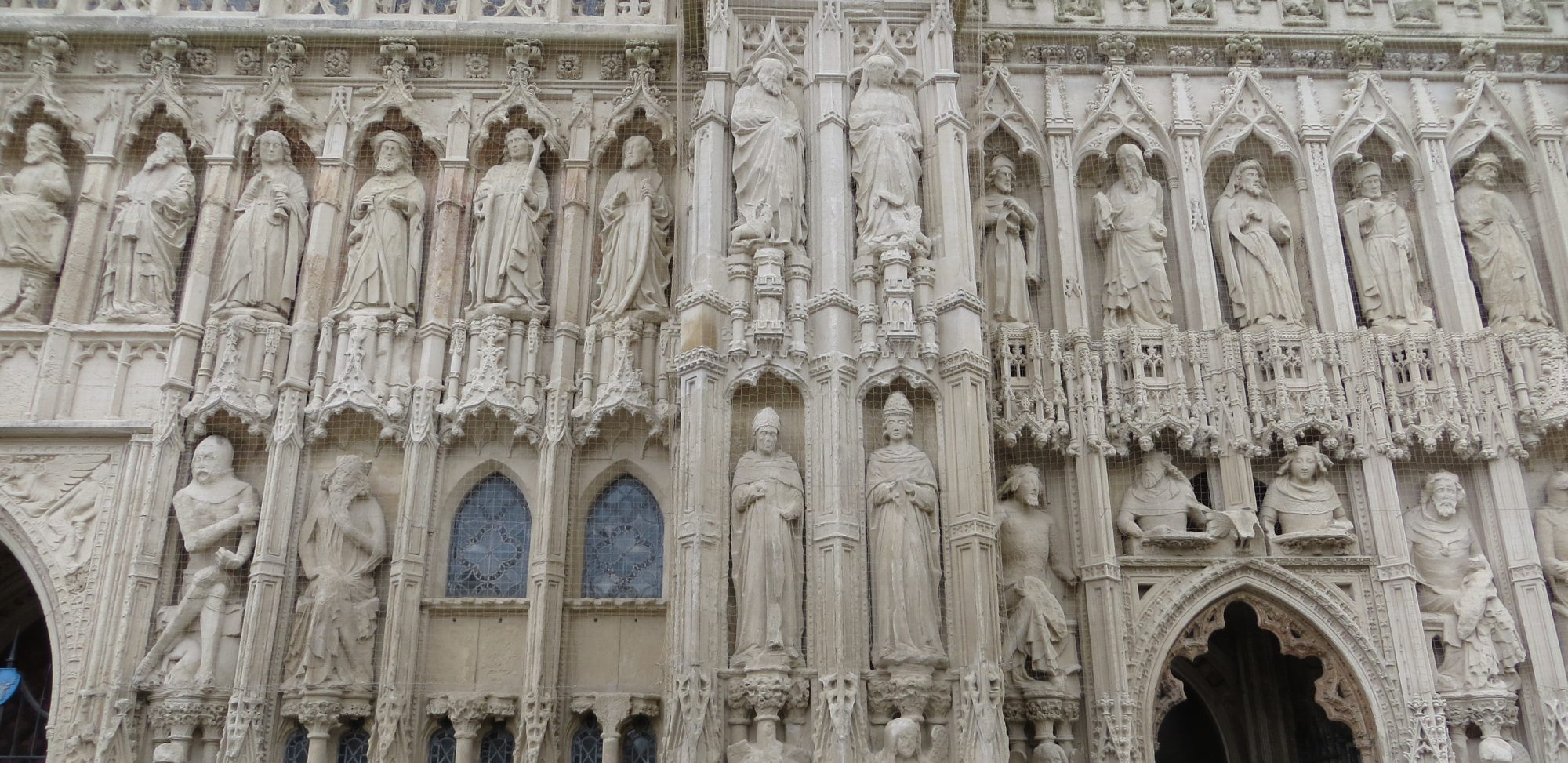Three things – the Church prays unceasingly, it withdraws to pray, and it prays in public, in the open air, before the whole city. The prayer of the Church is unceasing, and it alternates between this public form and this withdrawn, even monastic, form.
The practice of perpetual prayer(Latin: laus perennis) was inaugurated by the archimandrite Alexander (died about 430) the founder of the monastic Acoemetae or “vigil-keepers”. Laus perennis was imported to Western Europe at Agaunum, where it was carried on, day and night, by several choirs, or turmae, who succeeded each other in the recitation of the divine office, so that prayer went on without cessation.
The practice of perpetual prayer, 24-7 prayer movement continues to gain momentum. It focuses on creating “prayer rooms” where there are Christians engaged in prayer day and night.
The 24-7 prayer room is a simple idea – to make time, ‘away’ from the usual distractions of life, to speak with and listen to God. Even Jesus took time away from the demands of the crowds to be with his Father (Matthew 14.23). How much must we need this space and time ‘away’, so that we can be more effectively ‘with’?
And it prays in public.
I have been calling this ‘processing’. But I suppose you could call it Prayer walking
Prayerwalking is the twin to praise marching in taking prayer onto the streets. It can be used by Christians in any land any day of the year. March for Jesus is rooted in the recognition that united, powerful prayer is a necessary foundation for effective evangelism. The key step was to take this prayer to the streets, to the very locations where the answers would be seen.
